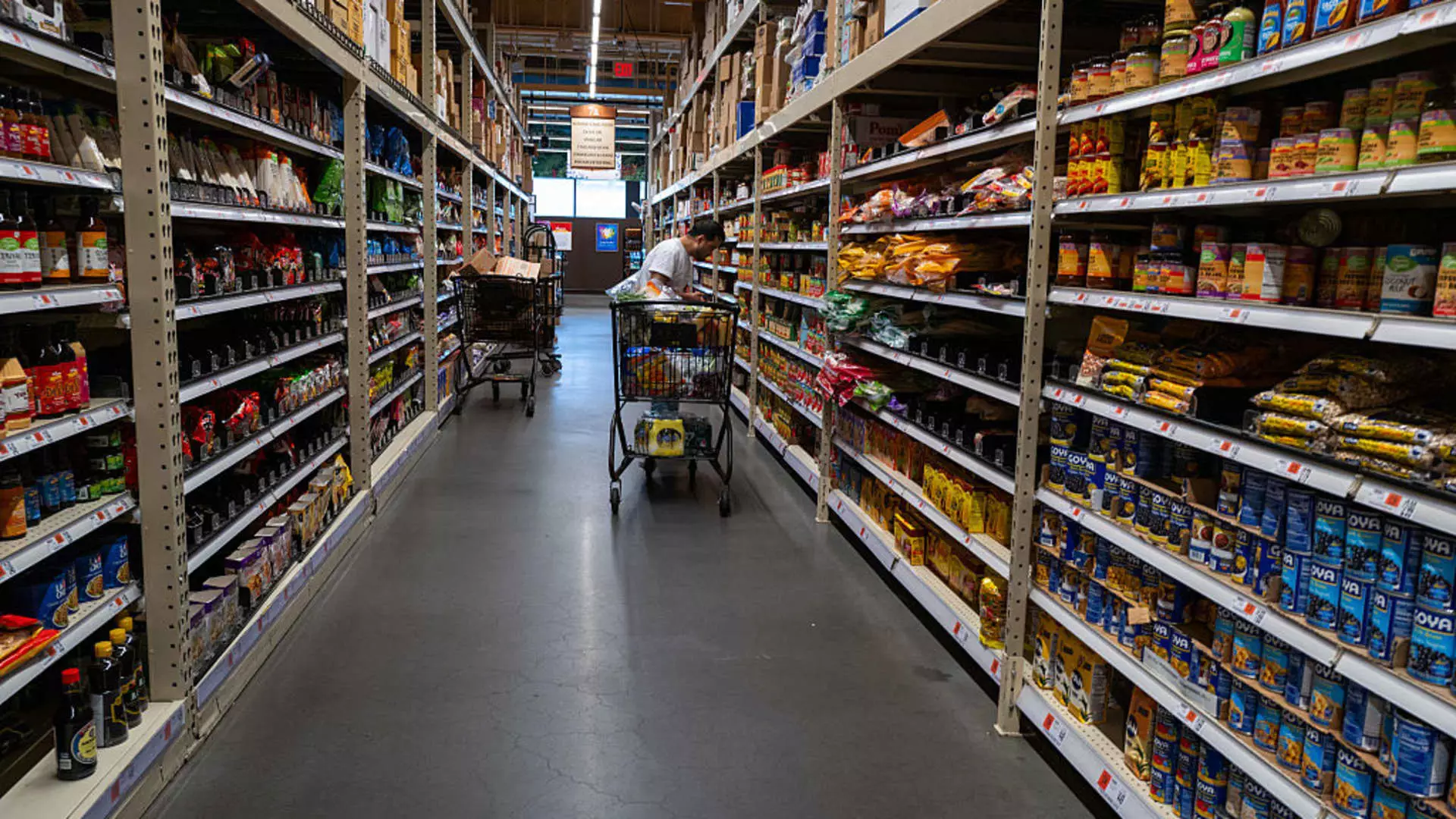In recent months, economic indicators have painted a picture far less rosy than the optimistic projections touted by political leaders and economic analysts alike. Despite significant efforts by President Donald Trump to stabilize the economy through aggressive tariffs, the outcome has proven to be sluggish and, at times, troubling. April’s data revealed that inflation barely shifted, with the personal consumption expenditures price index inching up by a mere 0.1%. This reveals a troubling static state of the economy, as even a rate of 2.1% annual inflation remains uninspiring, particularly when consumer spending has taken a noticeable downturn.
Consumer Spending: A Warning Signal
A backdrop of rising costs combined with stagnant consumer spending suggests a growing unease among the populace. April’s consumer spending saw only a 0.2% increase, markedly lower than the 0.7% jump in March. It appears that consumers, ever so cautious, are tightening their belts and opting for savings. The personal savings rate surged to an unsettling 4.9%—a figure that can be interpreted as a warning sign for policymakers. When people are saving rather than spending, it hints at a lack of confidence in the future and challenges the government’s narrative of a flourishing economy.
The False Prophets of Temporary Tariffs
The administration’s maneuvering with tariffs seems to reveal a simplistic approach to complex economic issues. President Trump’s sweeping 10% tariffs on U.S. imports appeared poised to equalize a troubling trade deficit but were quickly met with legal challenges and significant pushback from international courts. Moreover, Trump’s decision to shift gears and engage in 90-day negotiations implies a recognition that trade battles come with consequences that could harm American wallets. History shows us that while tariffs may bring modest short-term benefits, they risk igniting inflationary pressures that could choke off economic growth—an undesirable outcome in any era, especially when the shadows of stagflation loom.
Labor Market Concerns Fuel Economic Anxiety
Interestingly, alongside stagnating consumer prices and an untenable consumer sentiment, troubling signs are emerging from the labor market. With fears of stagnation rearing their head, one cannot ignore the timing of these developments. Economic growth powered by a flourishing job market might soon be overshadowed if wage increases fail to keep pace with rising living costs. In previous decades, failing to recognize early warning signs of stagflation led to prolonged periods of economic malaise, an experience that the American public would prefer to avoid at all costs.
Federal Reserve’s Dilemma: Political Pressure vs. Economic Prudence
Through all of this, the Federal Reserve finds itself in a precarious position. On one hand, the pressures from the administration to reduce key interest rates for the sake of stimulating economic activity are palpable. Yet central bankers are also acutely aware that being swayed by political agendas could undermine their credibility and effectiveness. In meetings between Trump and Fed Chair Jerome Powell, the emphasis on making decisions devoid of political considerations signals an ambition to maintain an independent and sound monetary policy. However, even the Fed must recognize that economic decision-making cannot exist in a vacuum, especially when significant political forces are at play.
The Tailspin of Economic Policy Choices
As tariffs hover like a dark cloud over the economy, their true impact remains to be seen, but reservations abound. Economists have voiced worries about potential inflation spirals, especially as consumer confidence dwindles. The concept of stagflation—harmful combinations of slow growth, high unemployment, and inflation—sarcastically evokes nostalgia for the economic crises of previous generations. Are policymakers willing to confront the underlying issues and avoid repeating the past? The answer remains uncertain, but the costs of inaction are becoming increasingly clear. The political escapism that skirts the critical economic issues can only foster deeper uncertainties for the American people.
In this delicate interplay of tariffs, consumer behavior, and monetary policy, a clear path forward continues to elude us, leaving one to ponder not just where we go from here, but what legacy we build for future generations.

